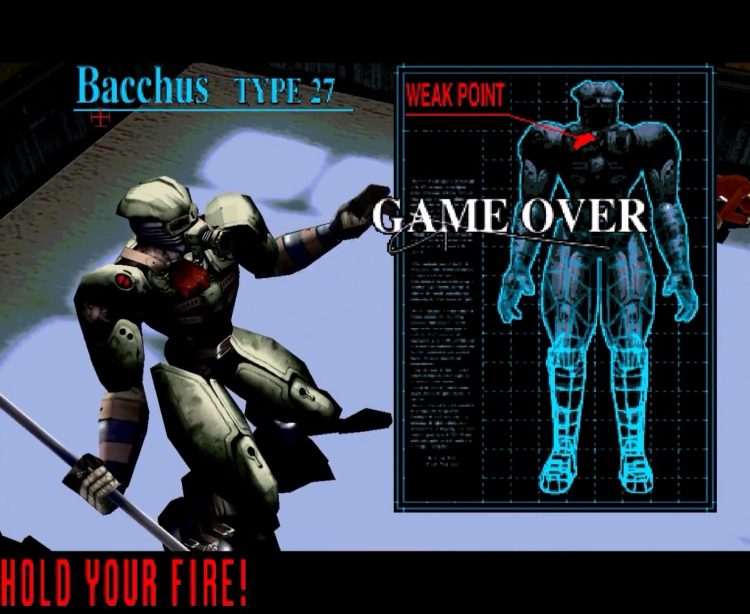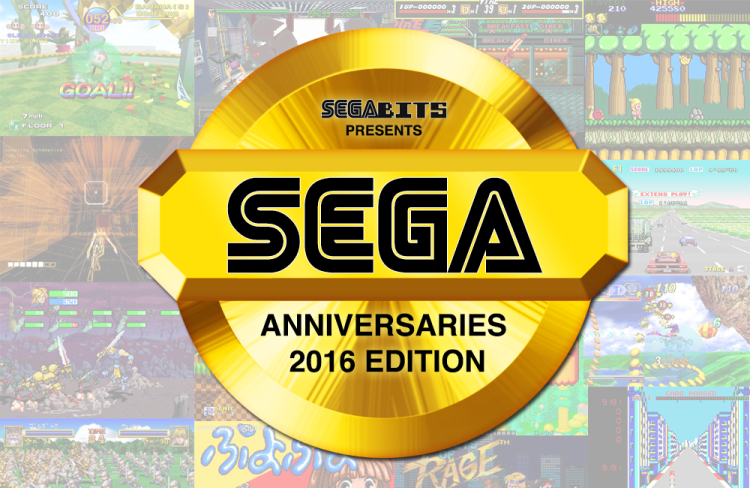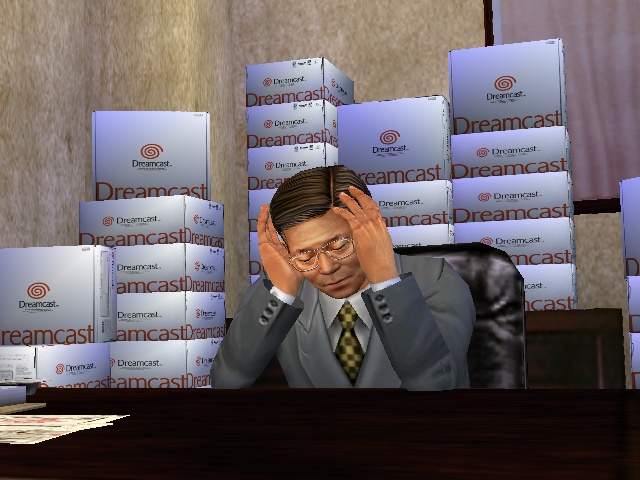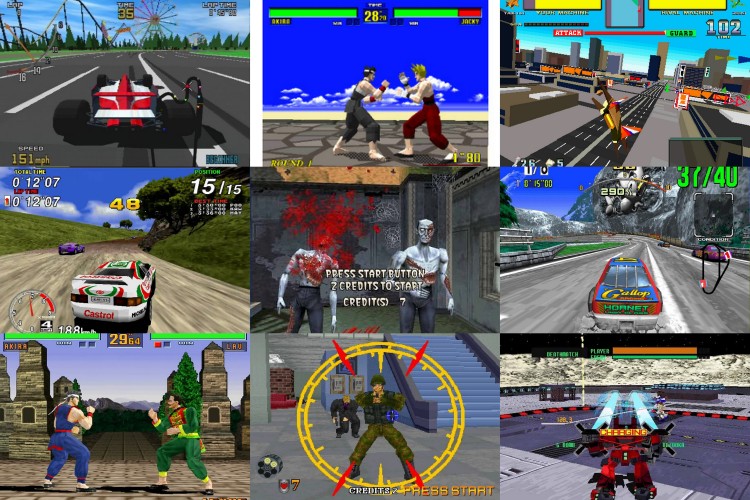The House of the Dead Prototype Discovered After 21 Years

Arcade provider, AndyGeezerServices and Youtuber, KawaiiYinYang had released pictures and footage of the prototype version of The House of the Dead for the SEGA Model 2 arcade hardware on the internet after 21 years. The prototype features two playable levels and tons of unused content such as a different introduction, dialogue, animation, and sound effects (which one of them happens to be the “Reload!” sound from the Virtua Cop series). The prototype may have also been possibly used in a couple of tradeshows back in Japan around the time.
AndyGeezerServices submitted the prototype to MAME and we hope it’ll be open to the public for newer discoveries to come. Hit the jump to take a look at the prototype version of the original House of the Dead.




